Bio 120 Lab practical 3
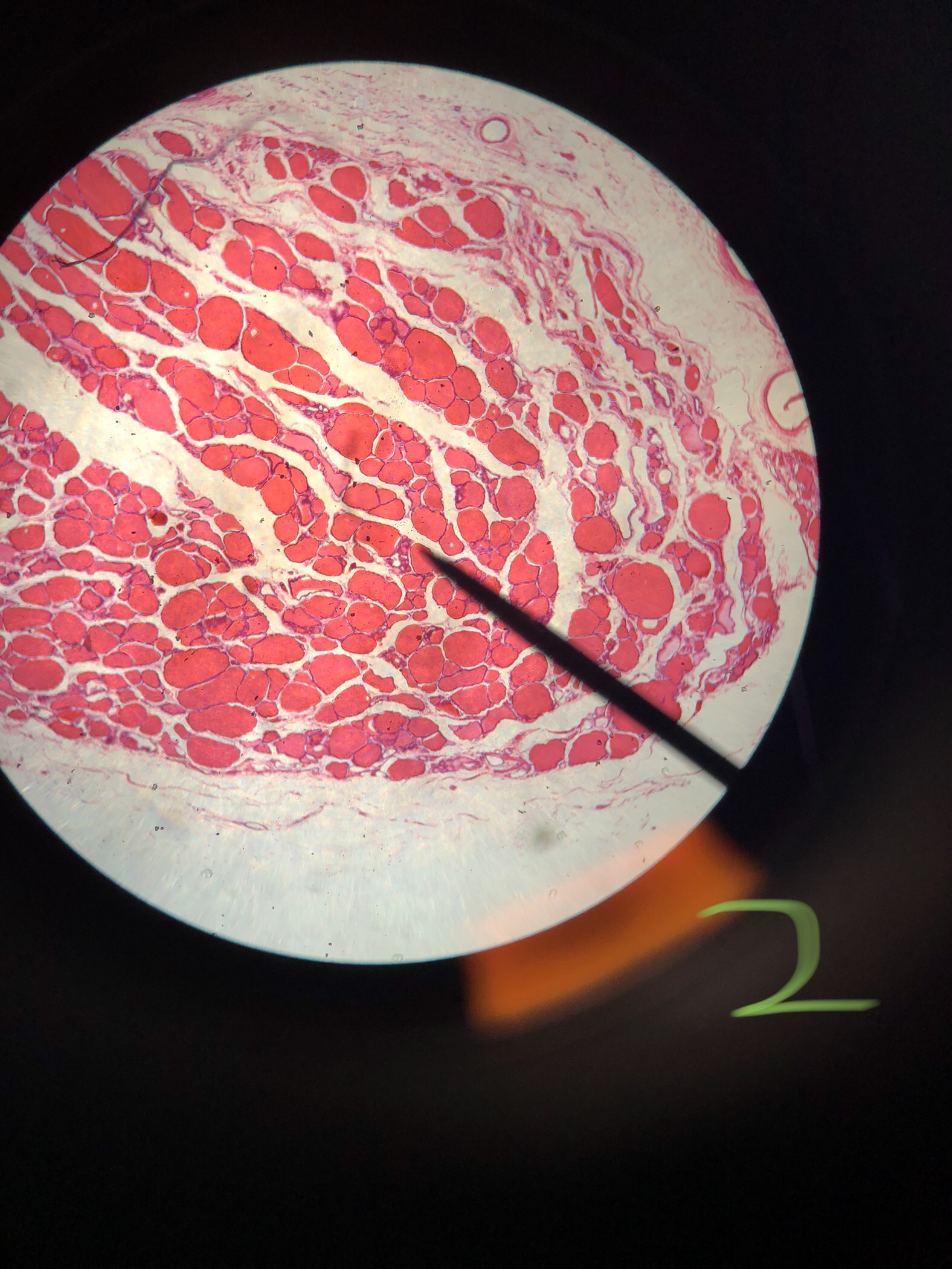
Human Cuboidal Epithelium
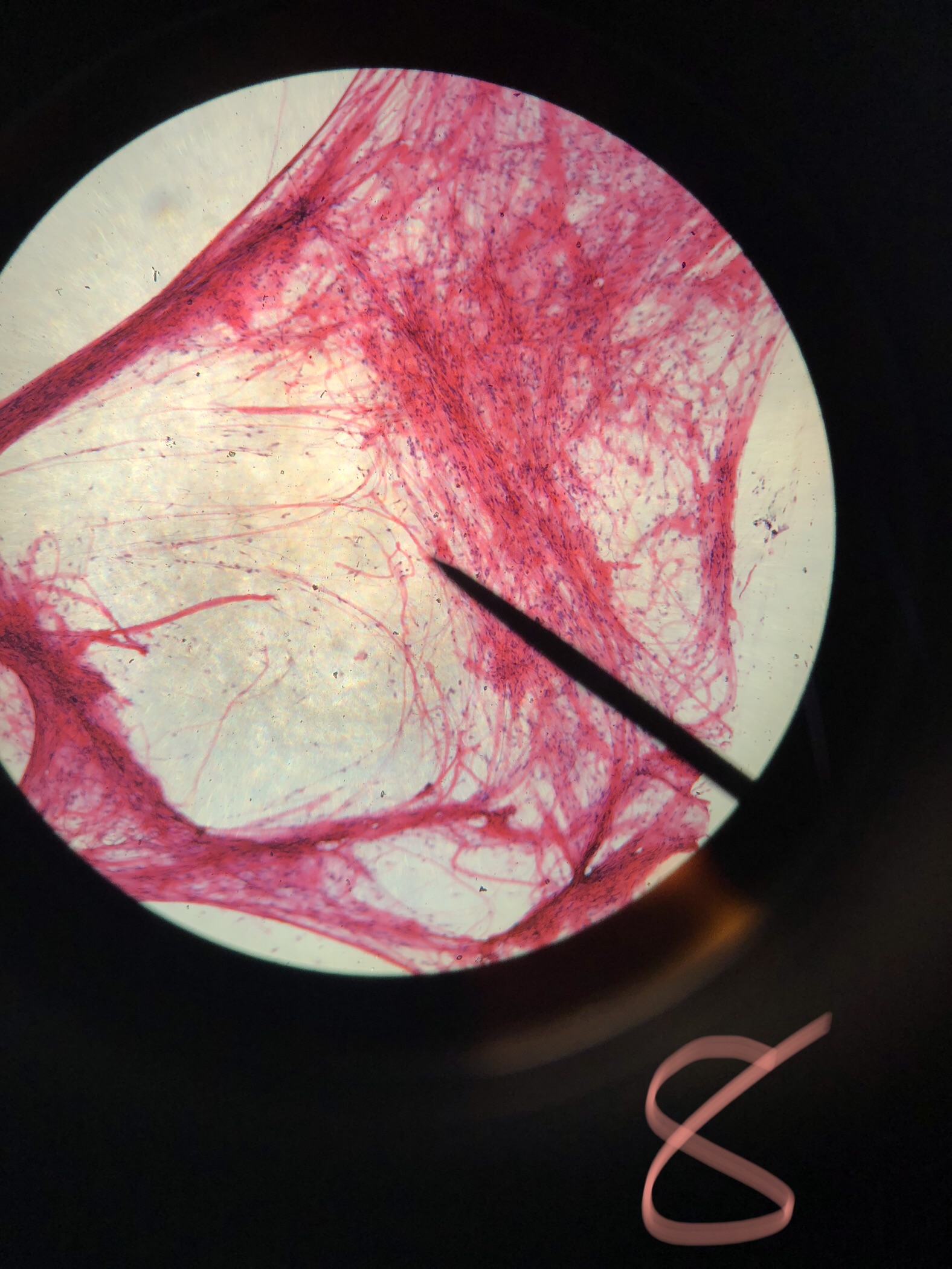
Mammal Areolar tissue Spread
1/181
There's no tags or description
Looks like no tags are added yet.
Name | Mastery | Learn | Test | Matching | Spaced |
|---|
No study sessions yet.
182 Terms

Human Cuboidal Epithelium

Mammal Areolar tissue Spread
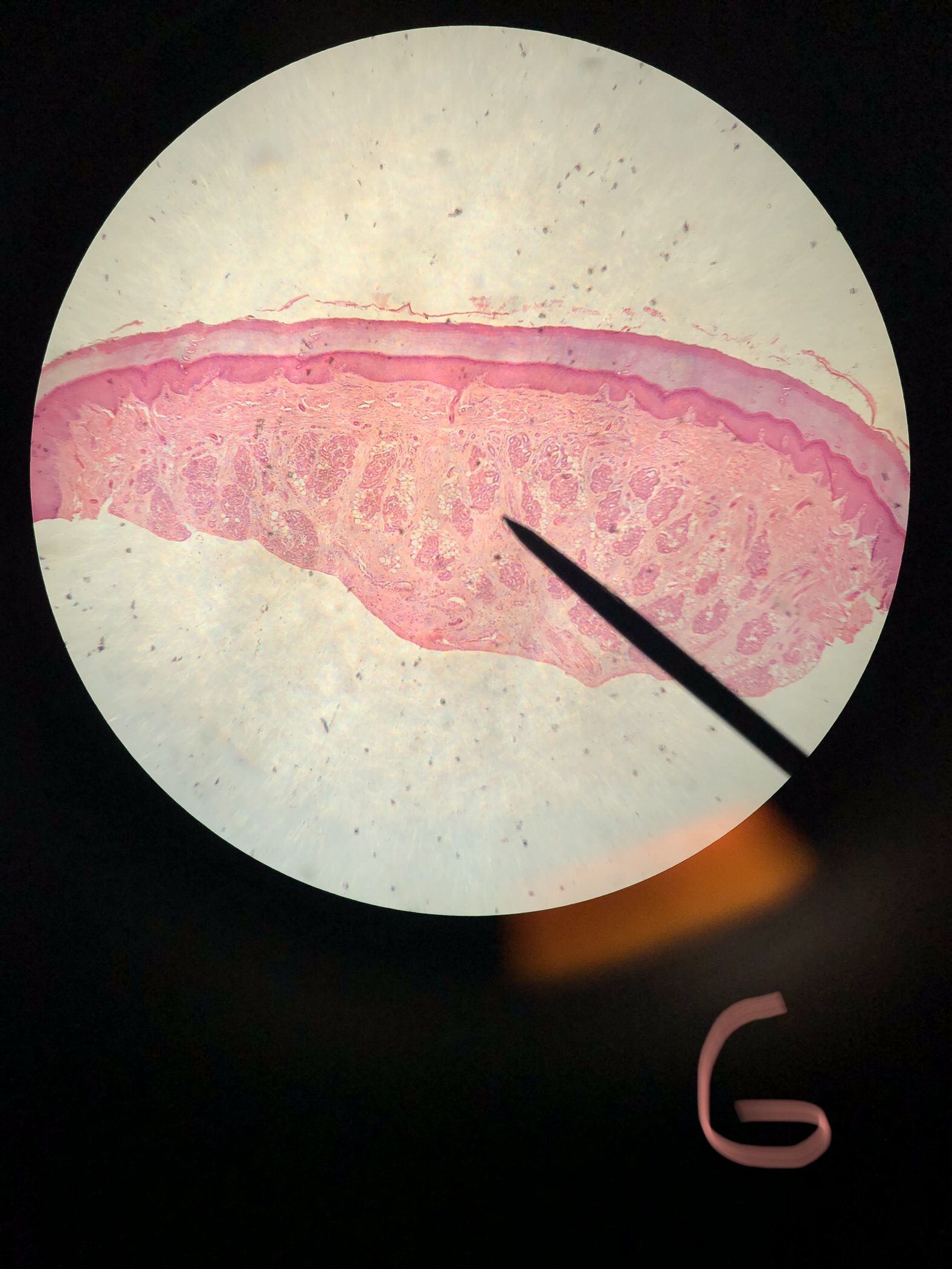
Stratified squamous epithelium
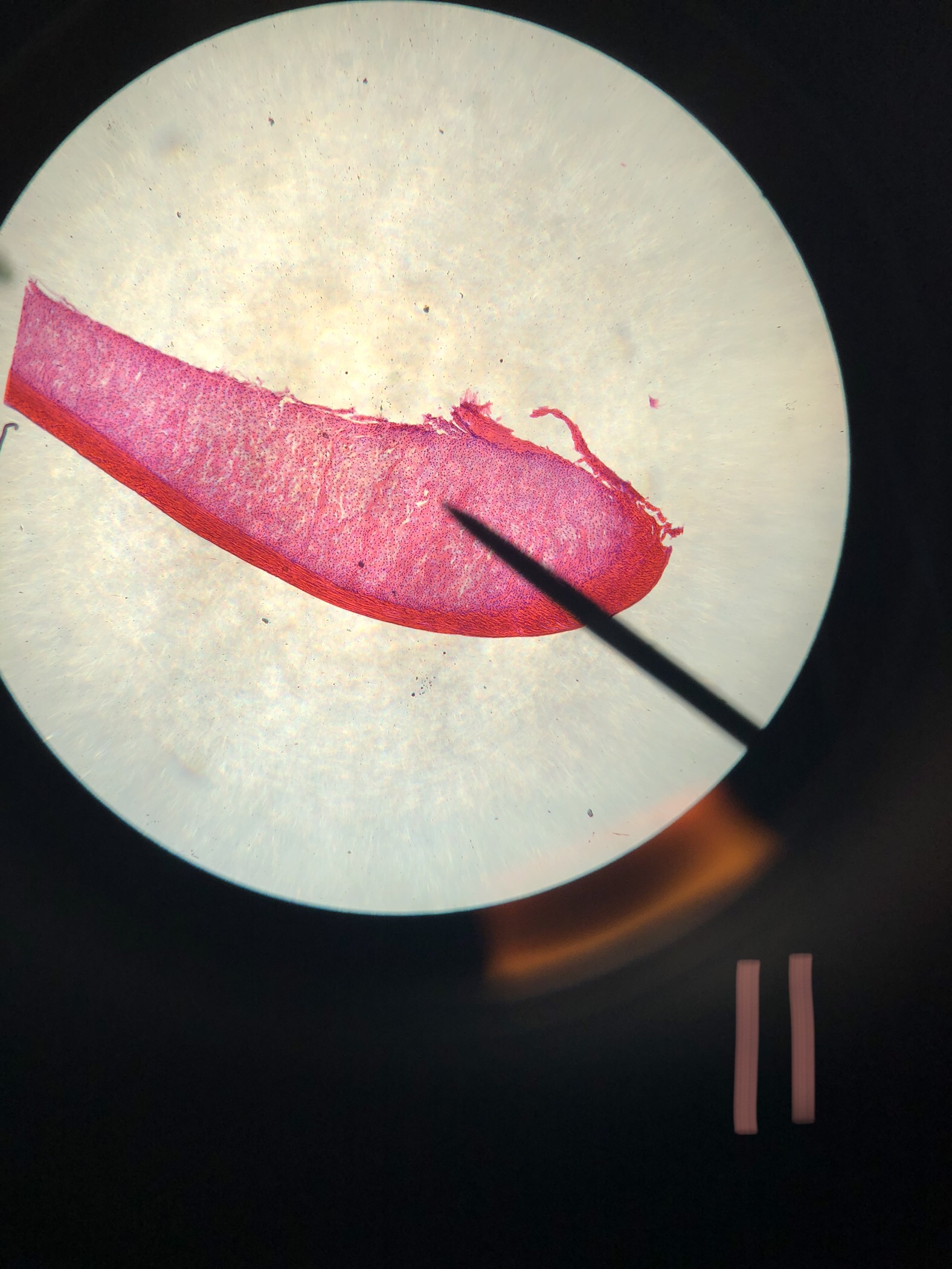
Mammal Tendon
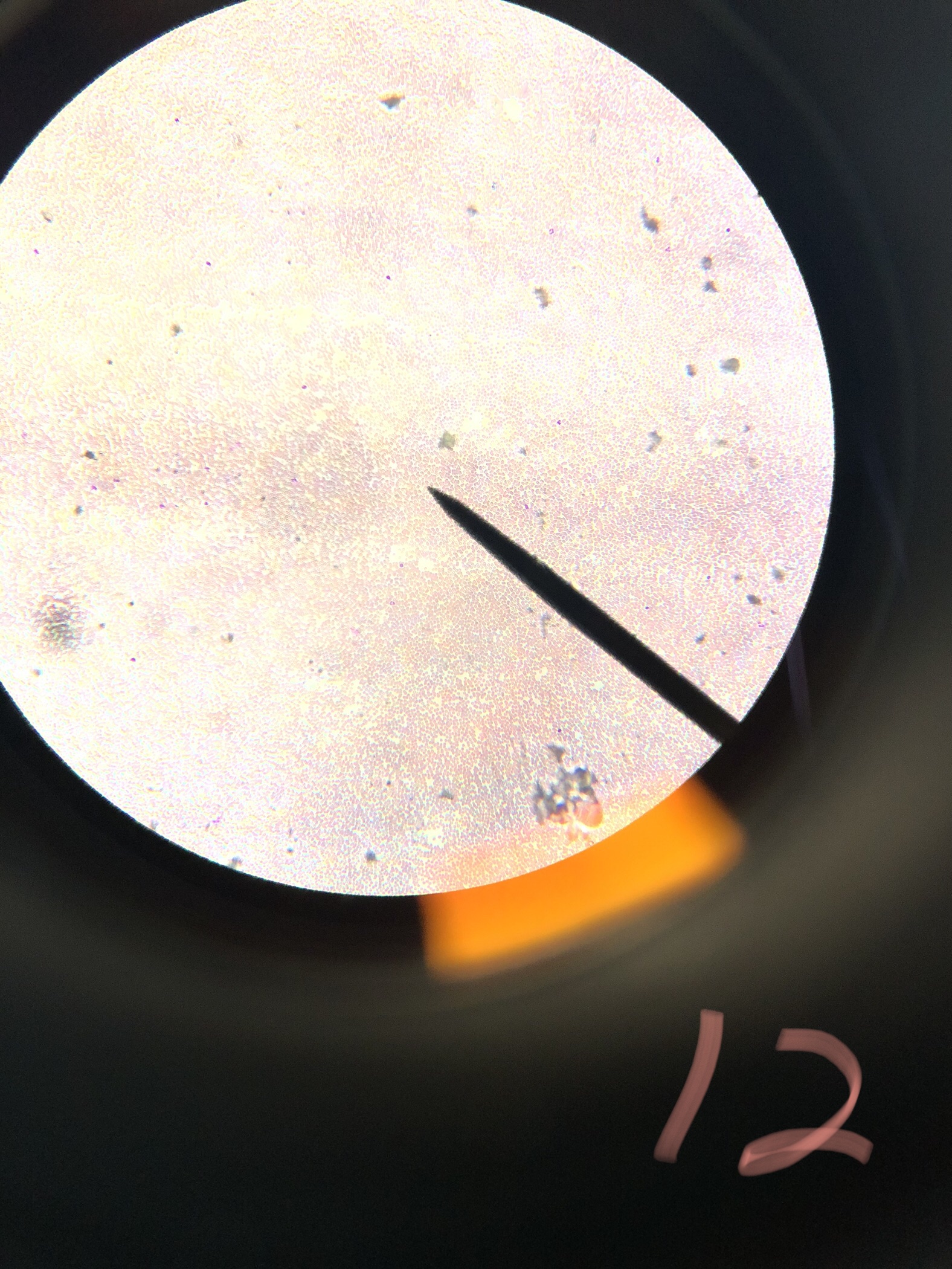
Human Blood smears wright
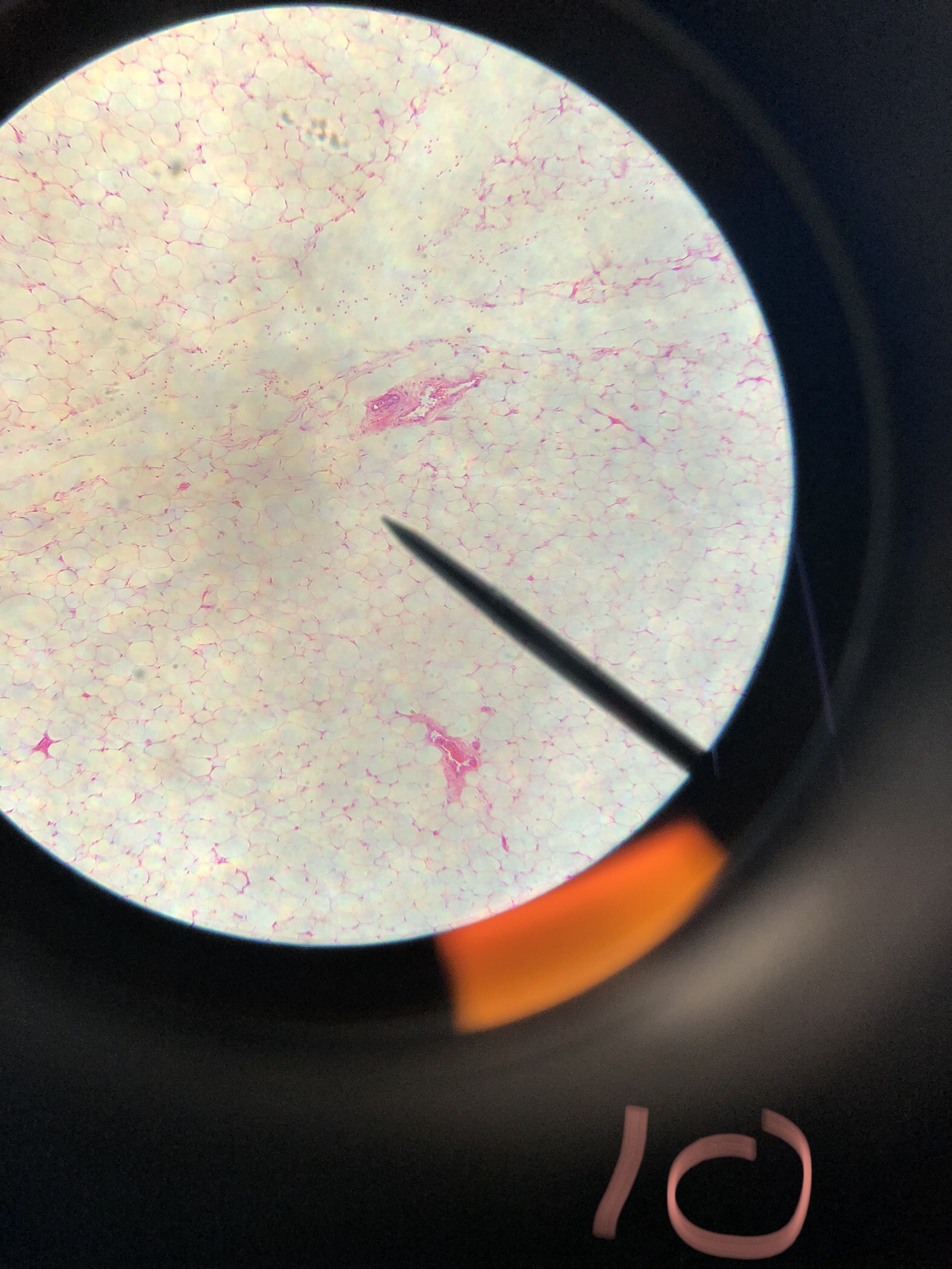
Human Adipose tissue
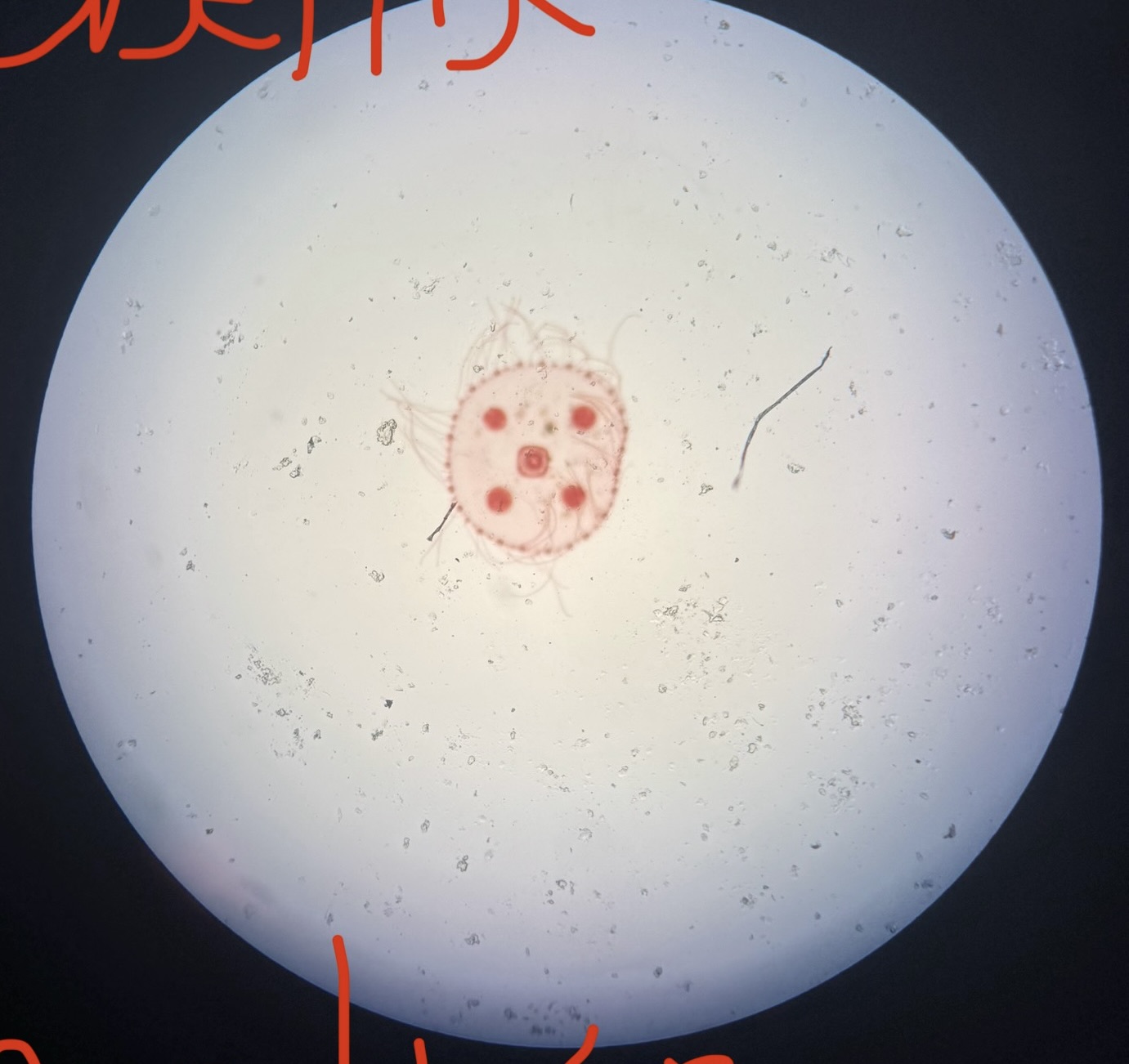
Obelia Medusa
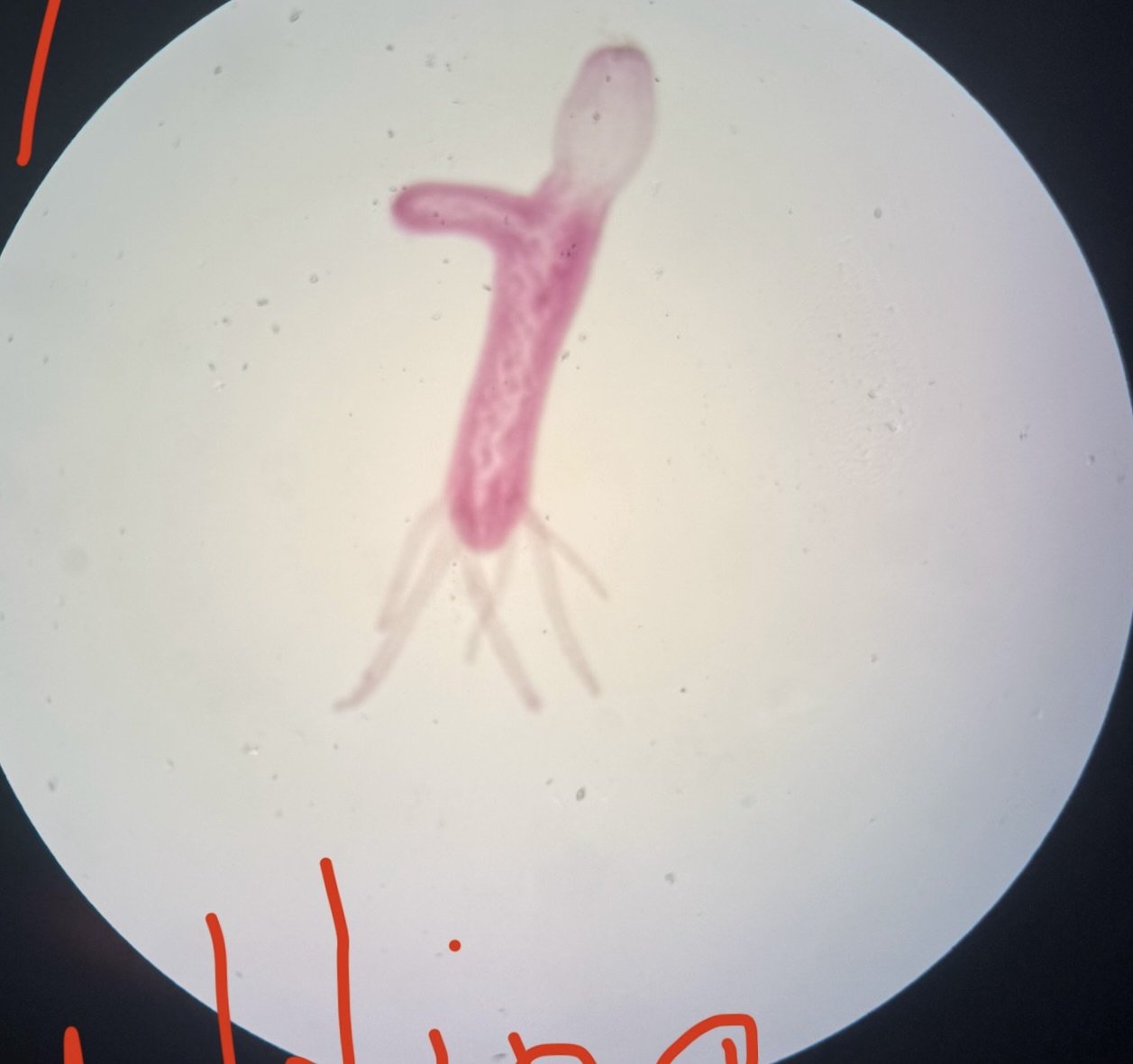
Hydra Budding
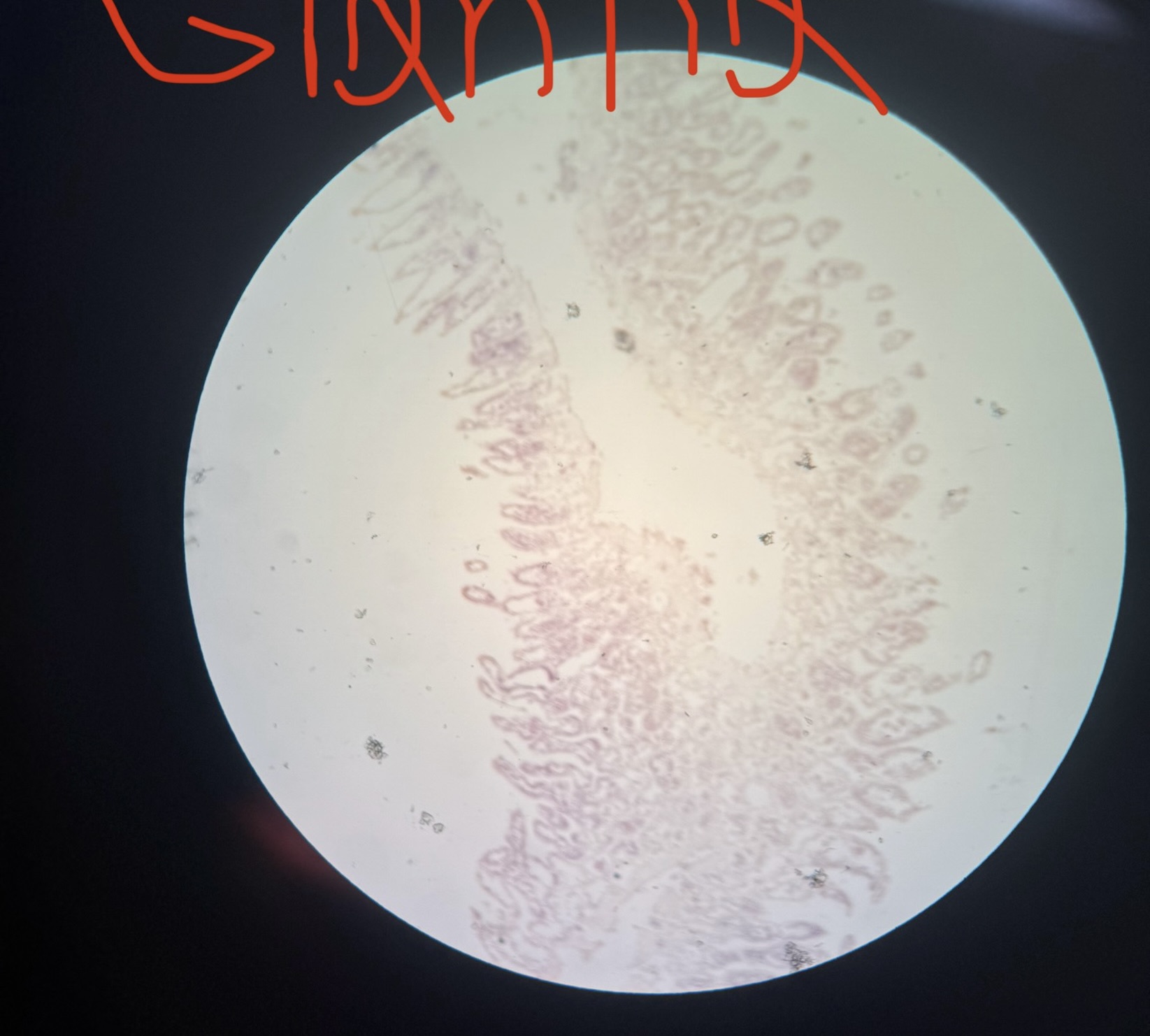
Grantia
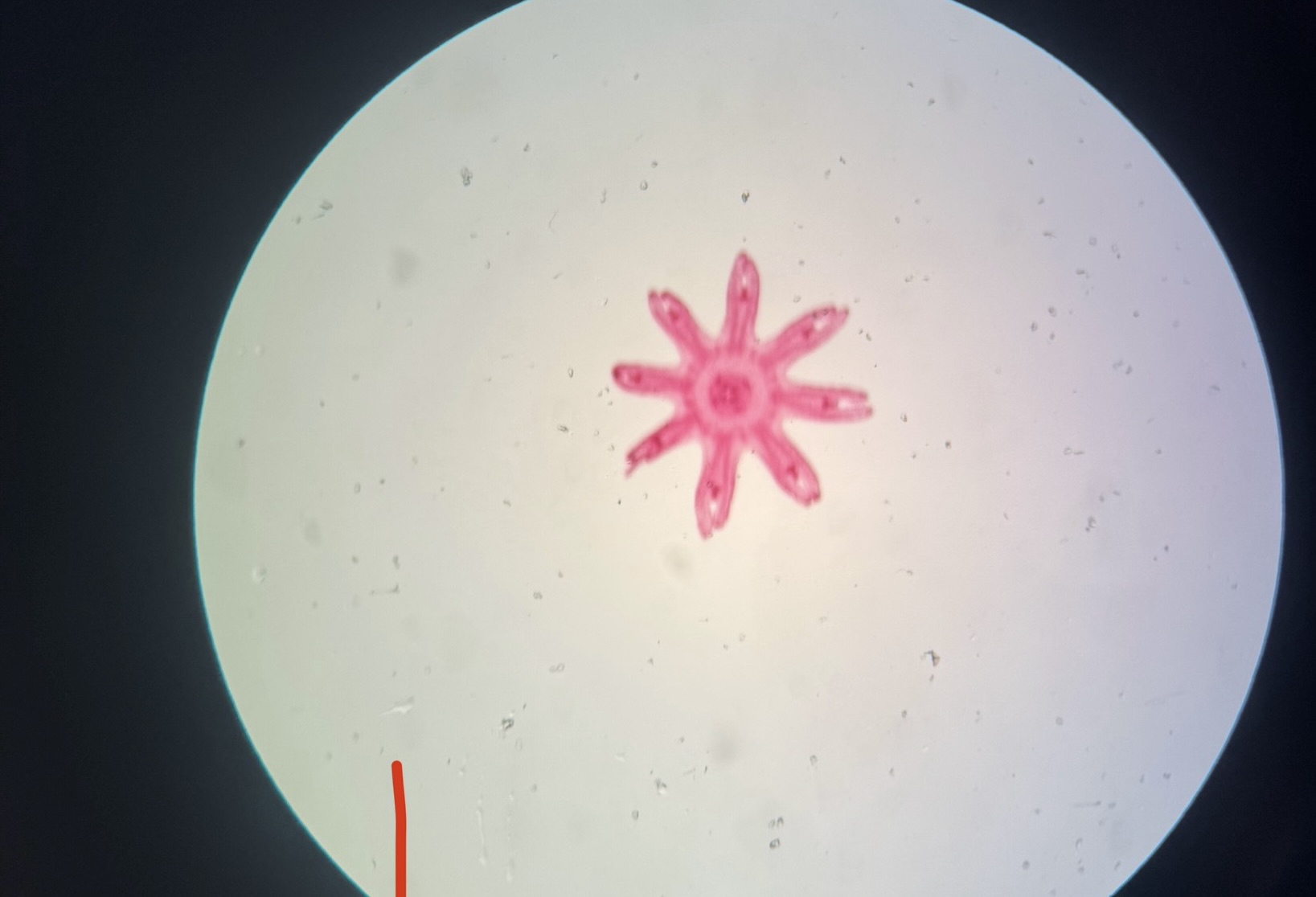
Aurelia Ephyra
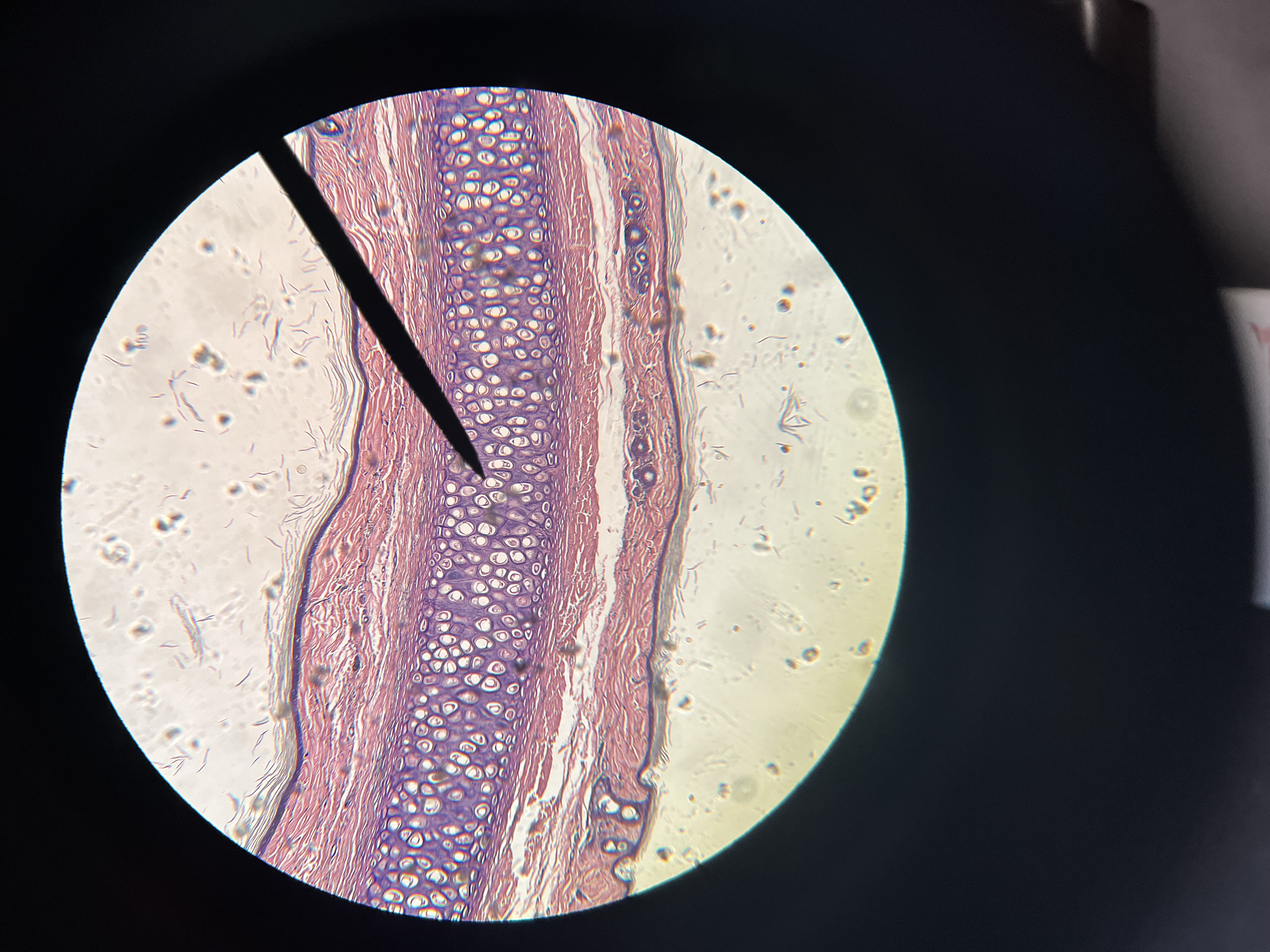
Mammal elastic cartilage
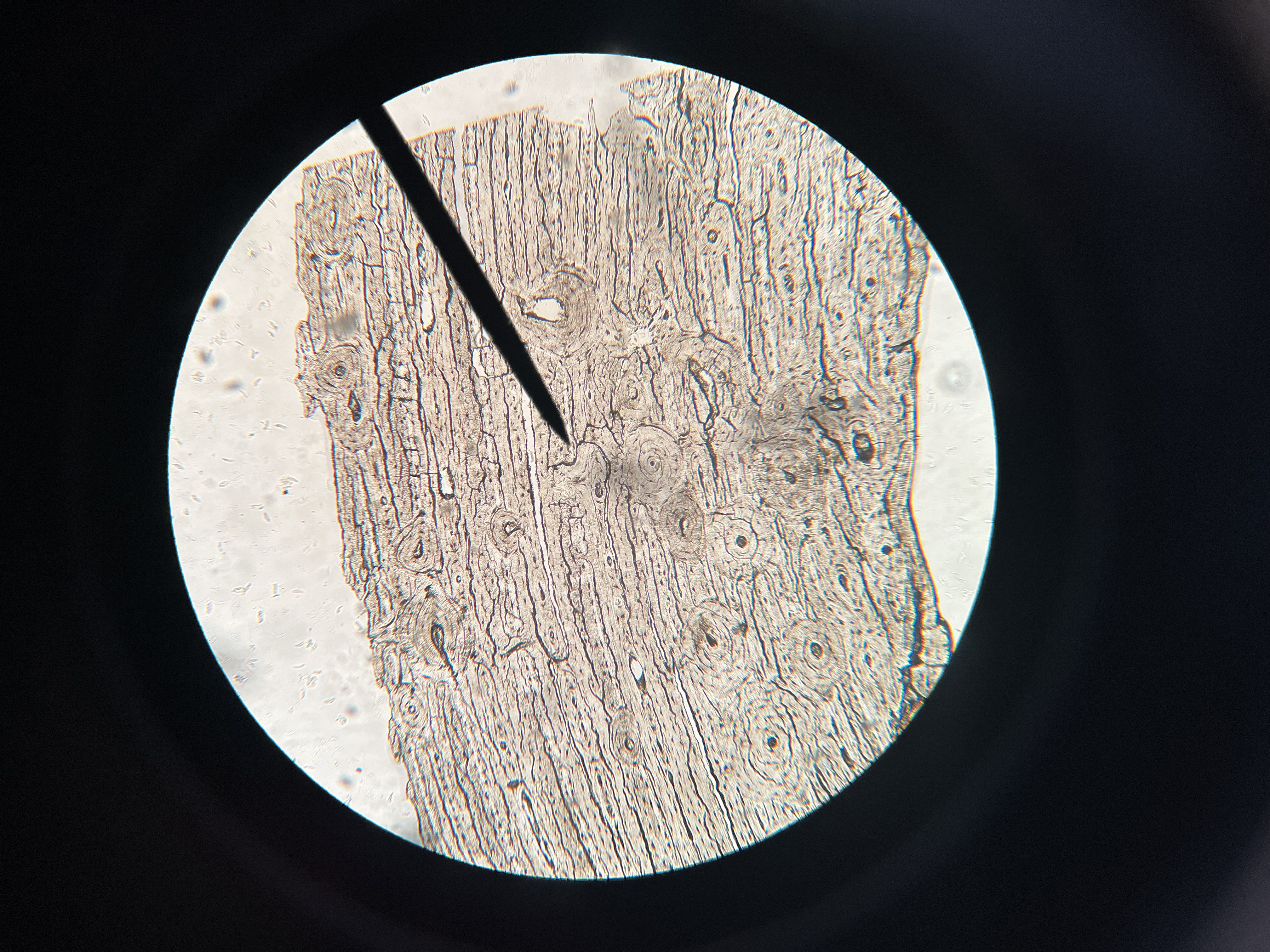
Mammal bone ground
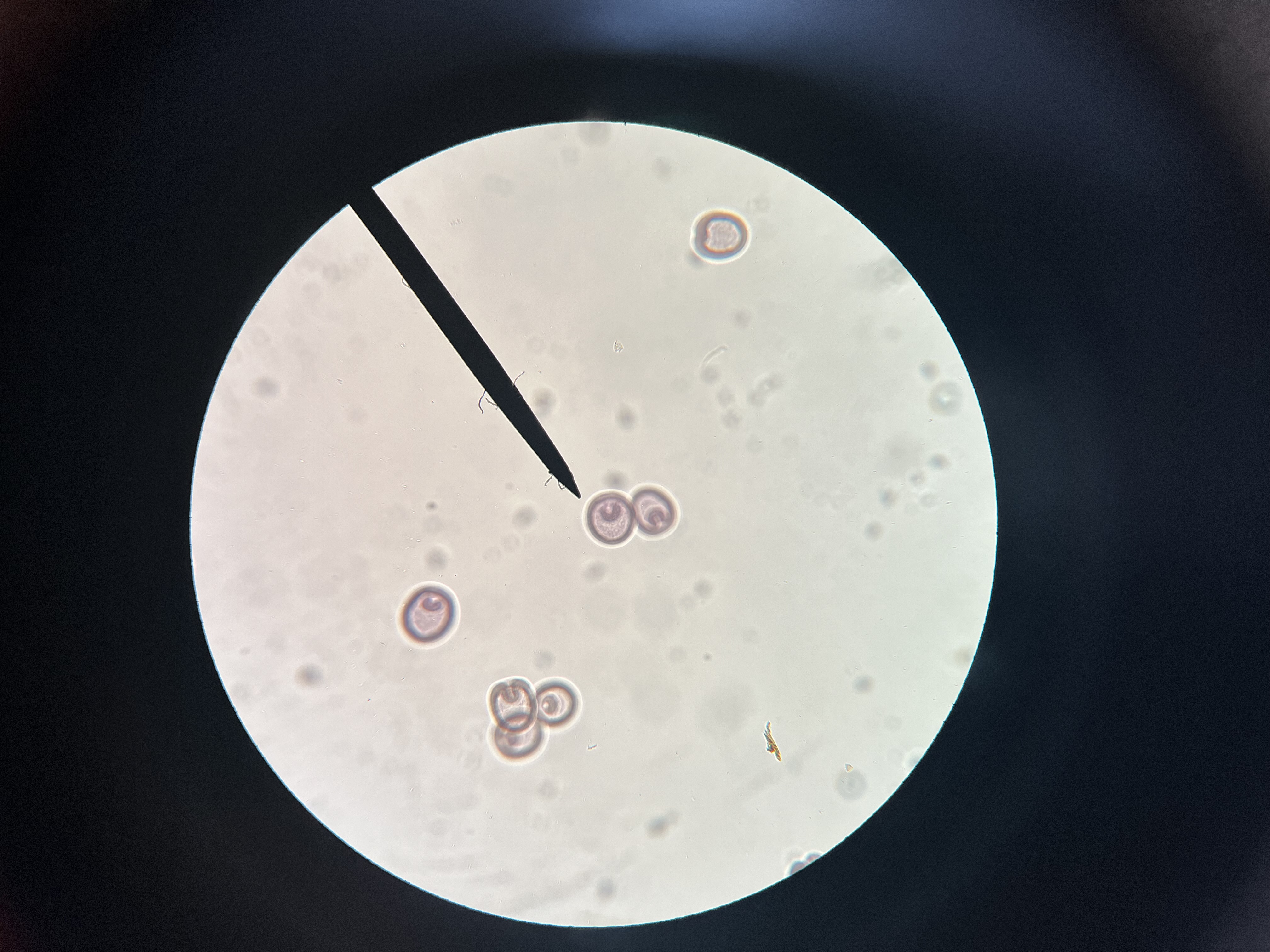
starfish development
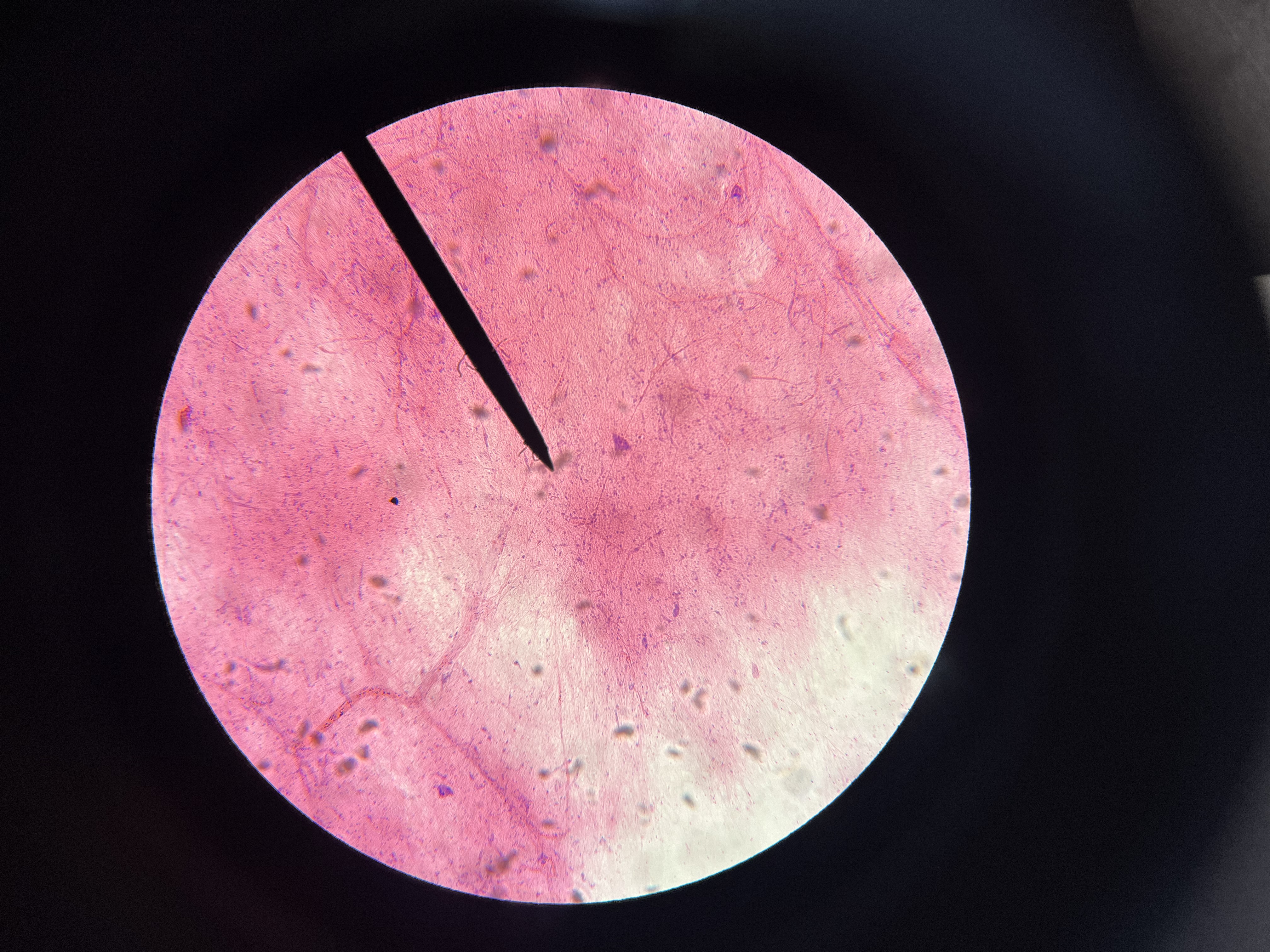
Nerve cells spinal cord
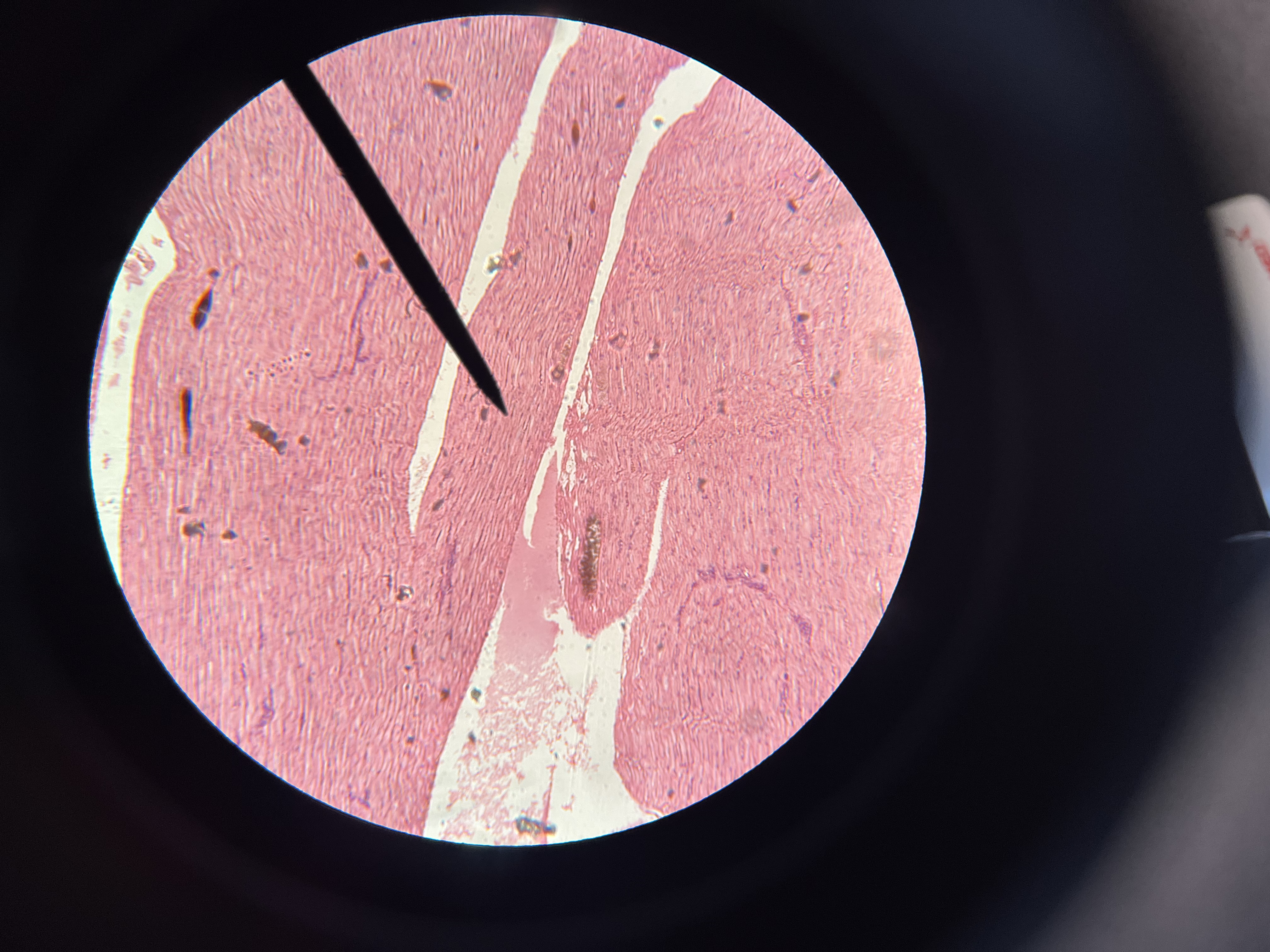
Cardiac Muscle intercalated discs
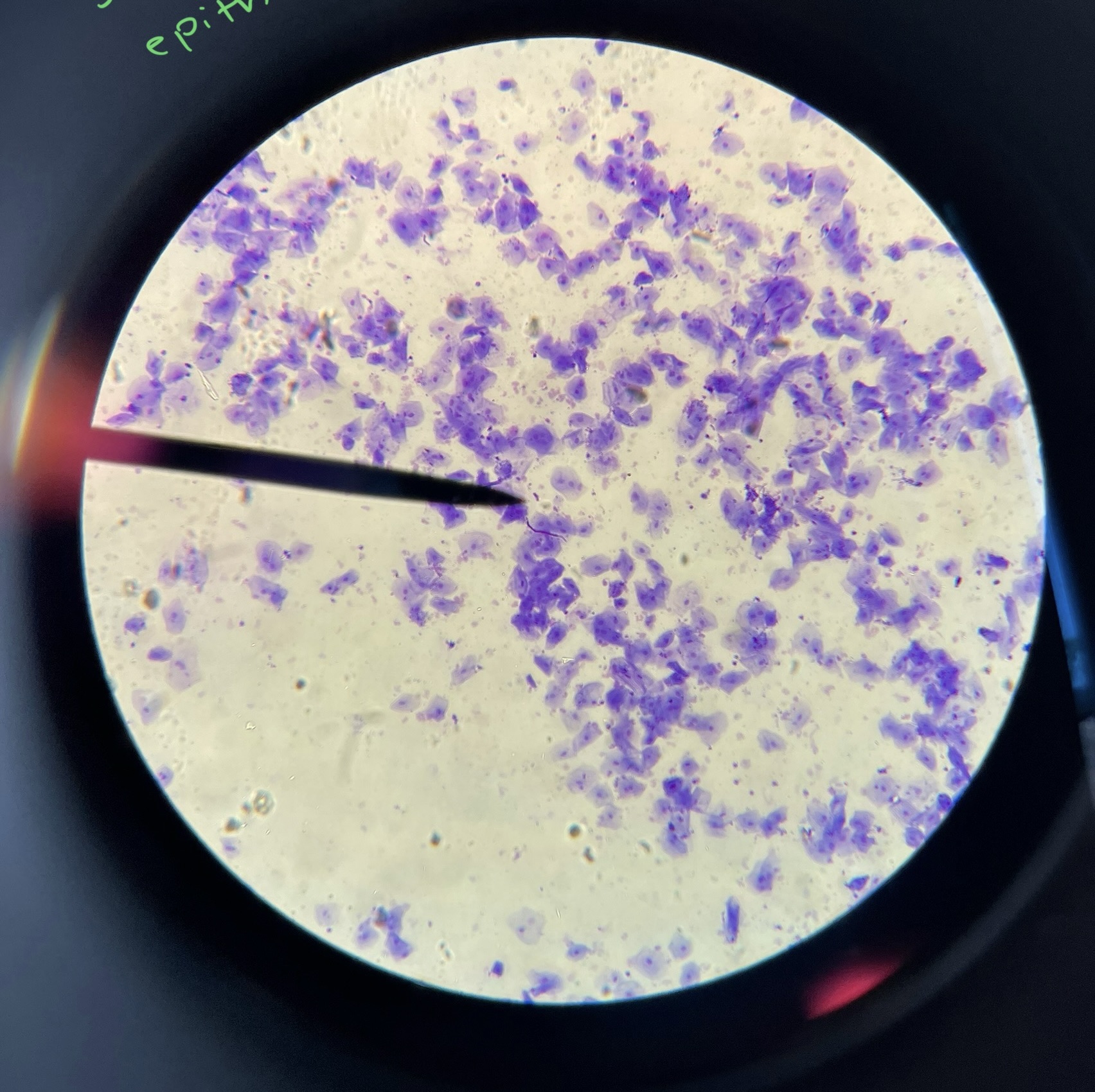
Simple squamous Epithelium
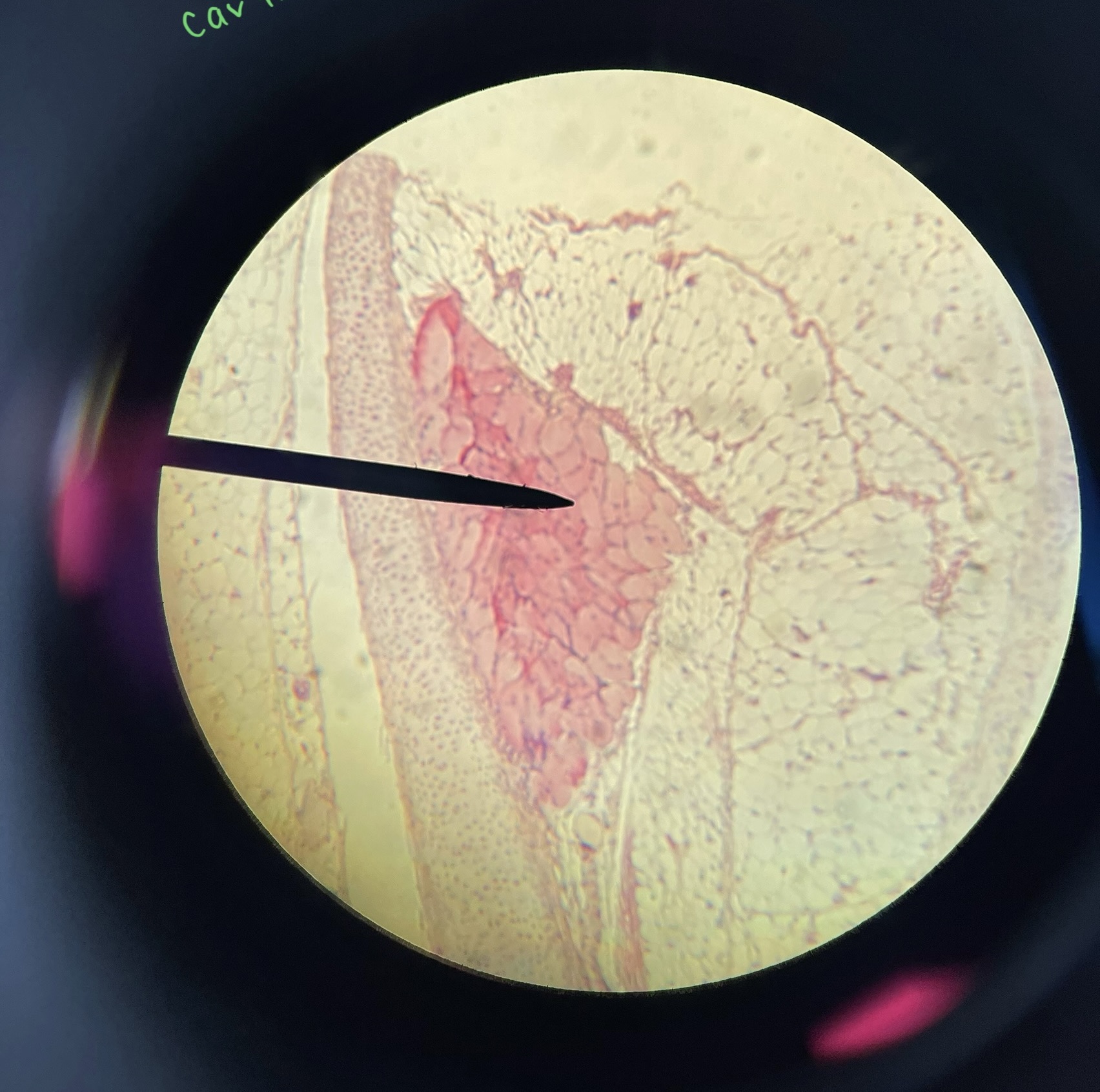
Hyaline Cartilage
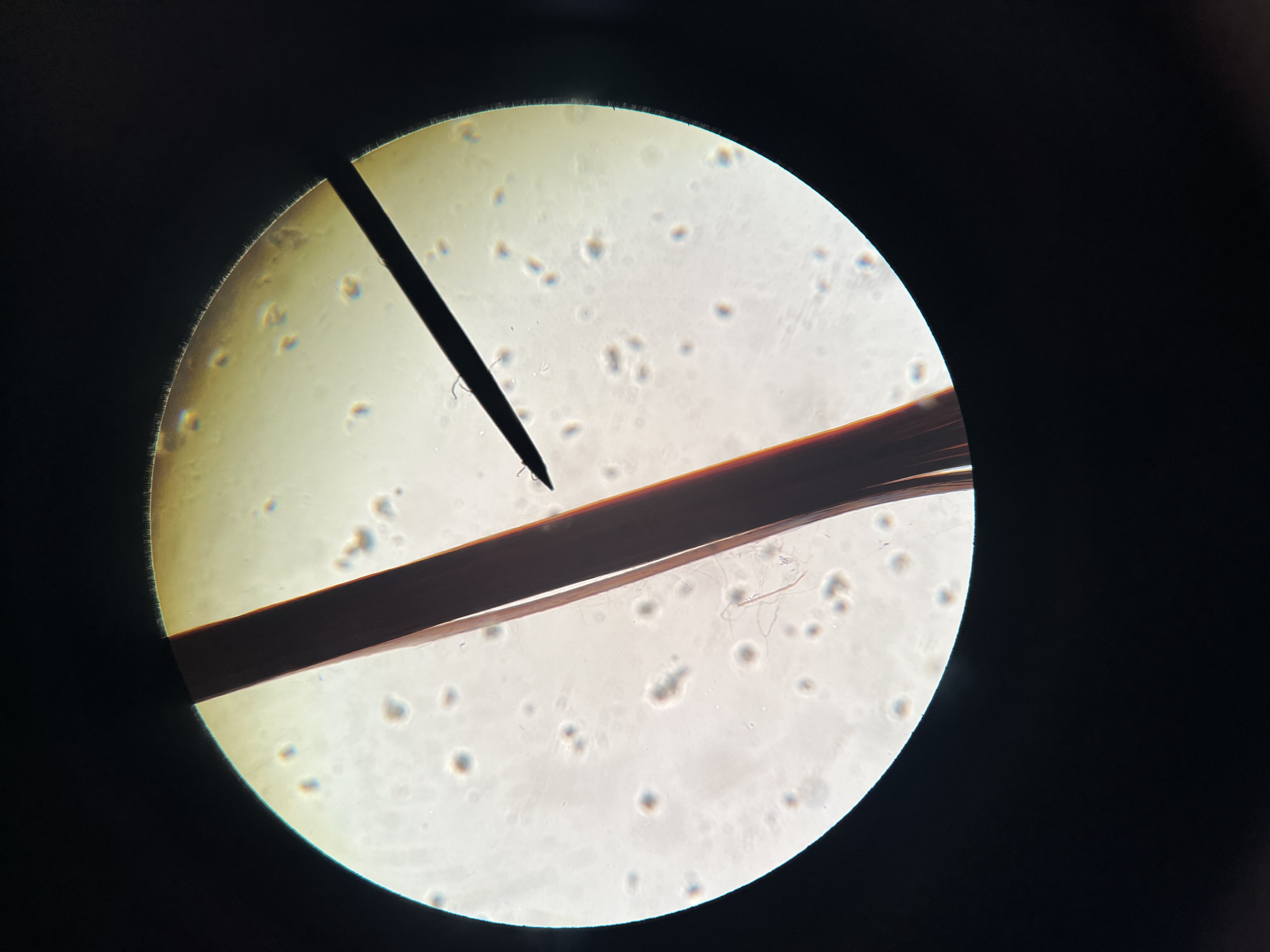
Skeletal Muscle teased
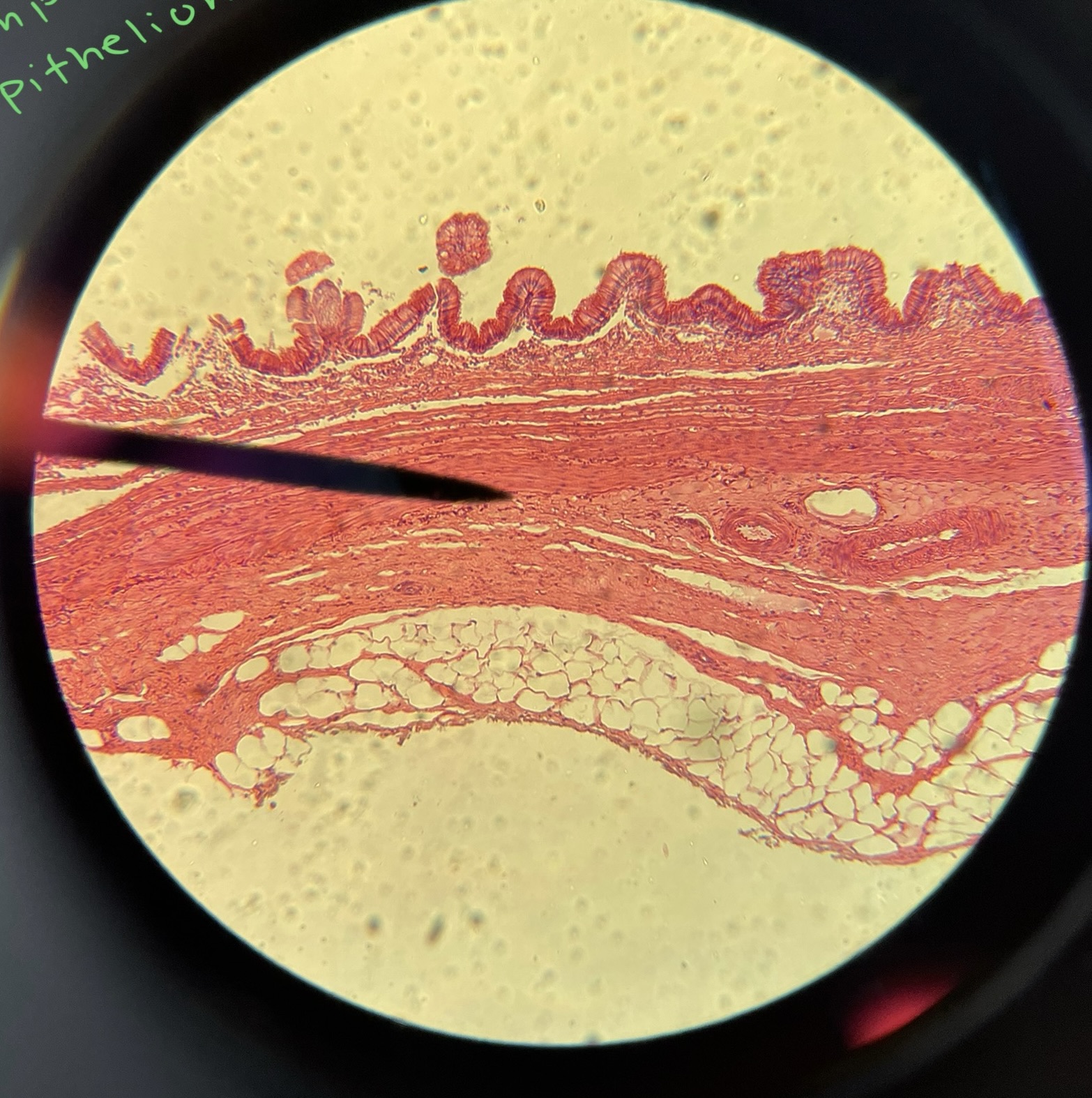
Human simple columnar epithelium
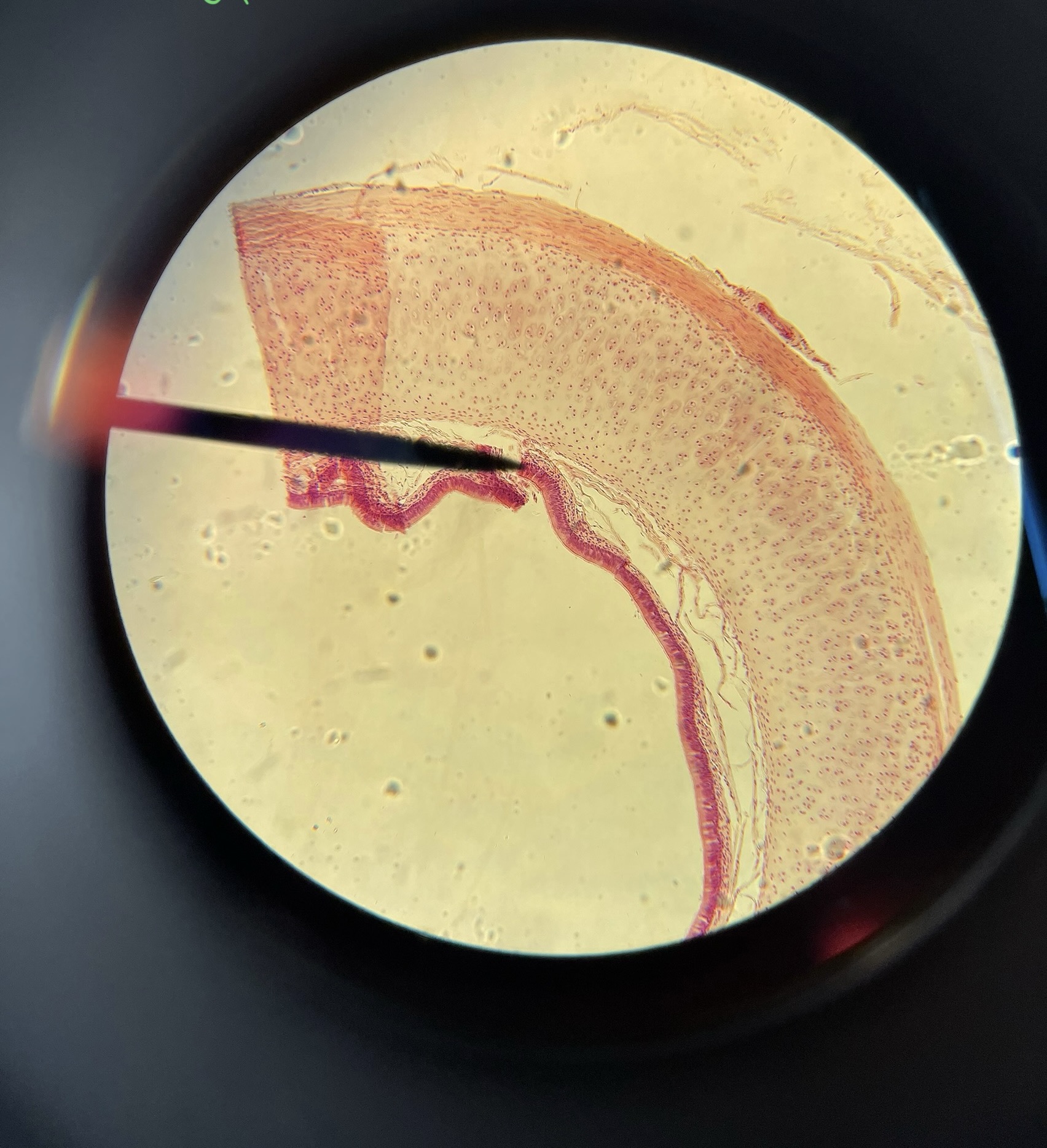
Ciliated columnar epithelium
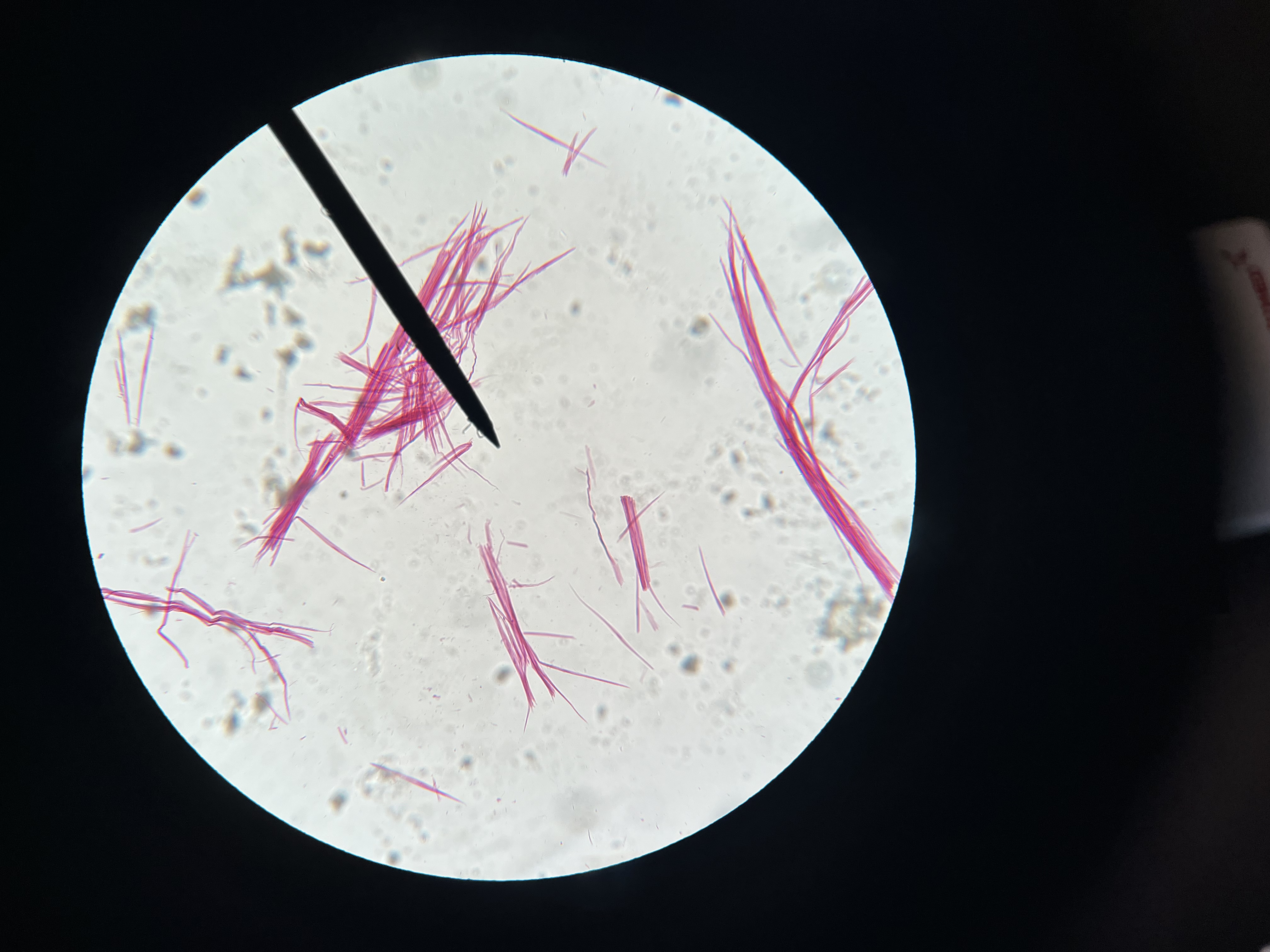
Smooth Muscle teased
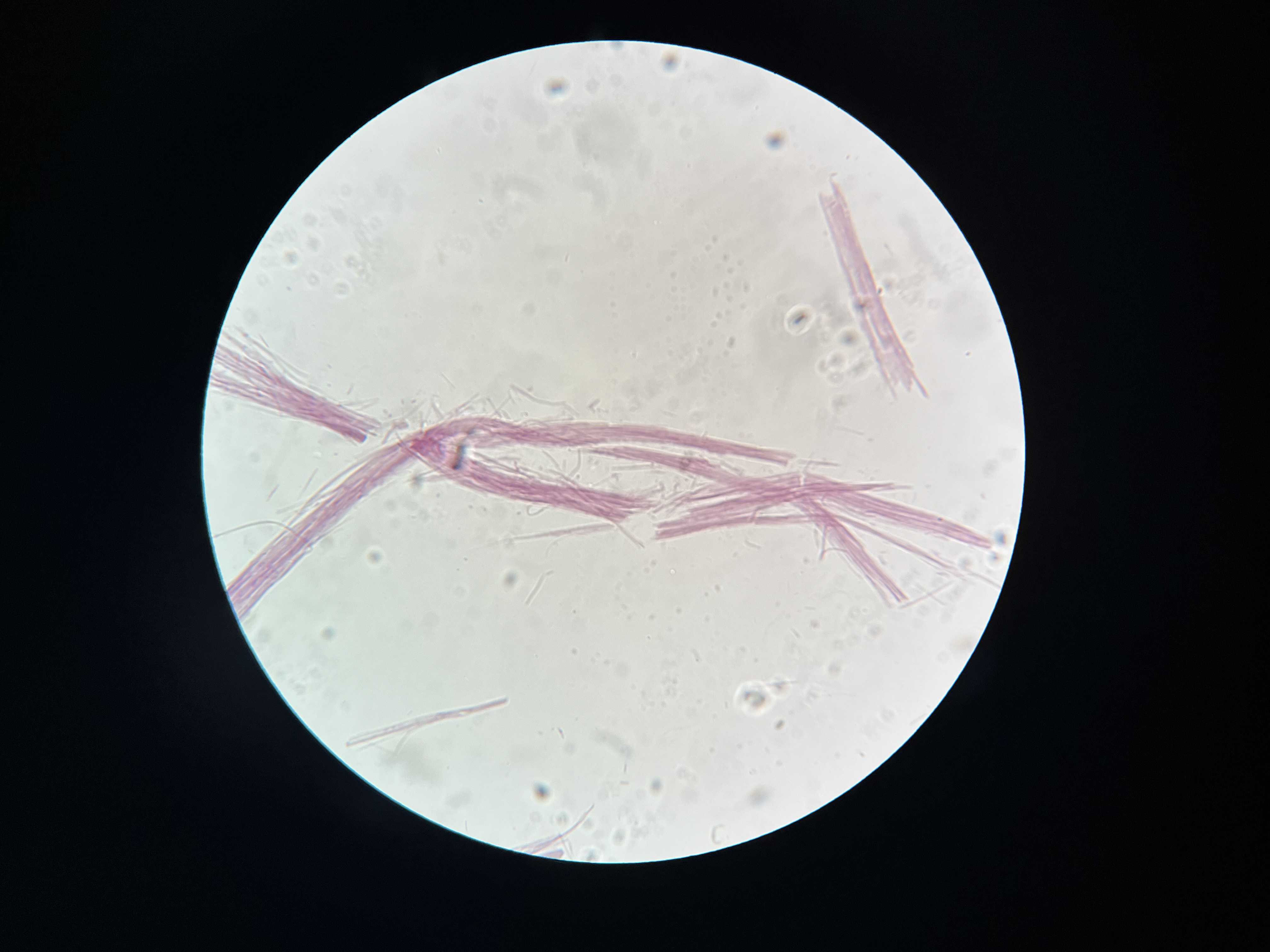
Heart muscle teased
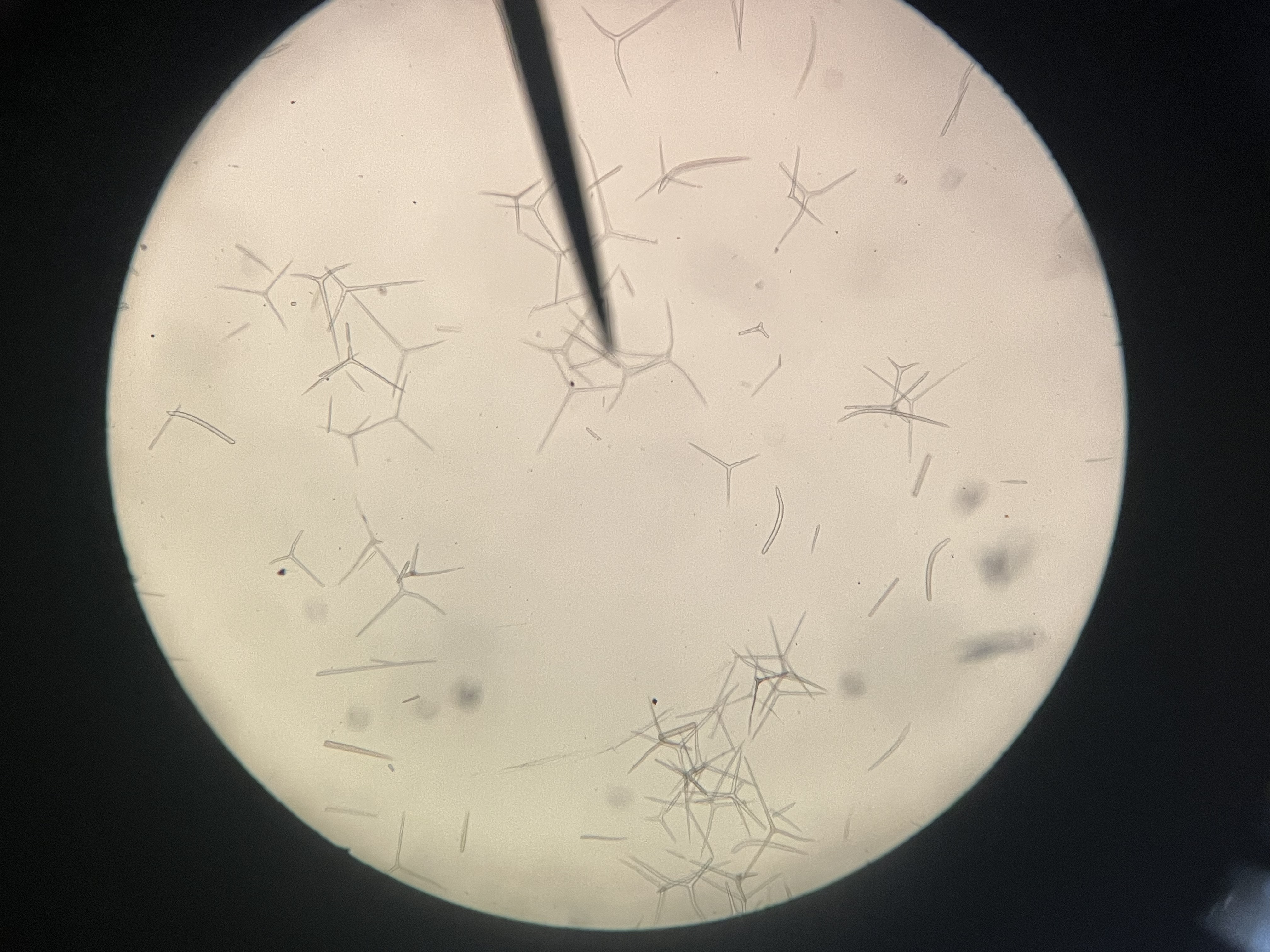
Sponge Spicules
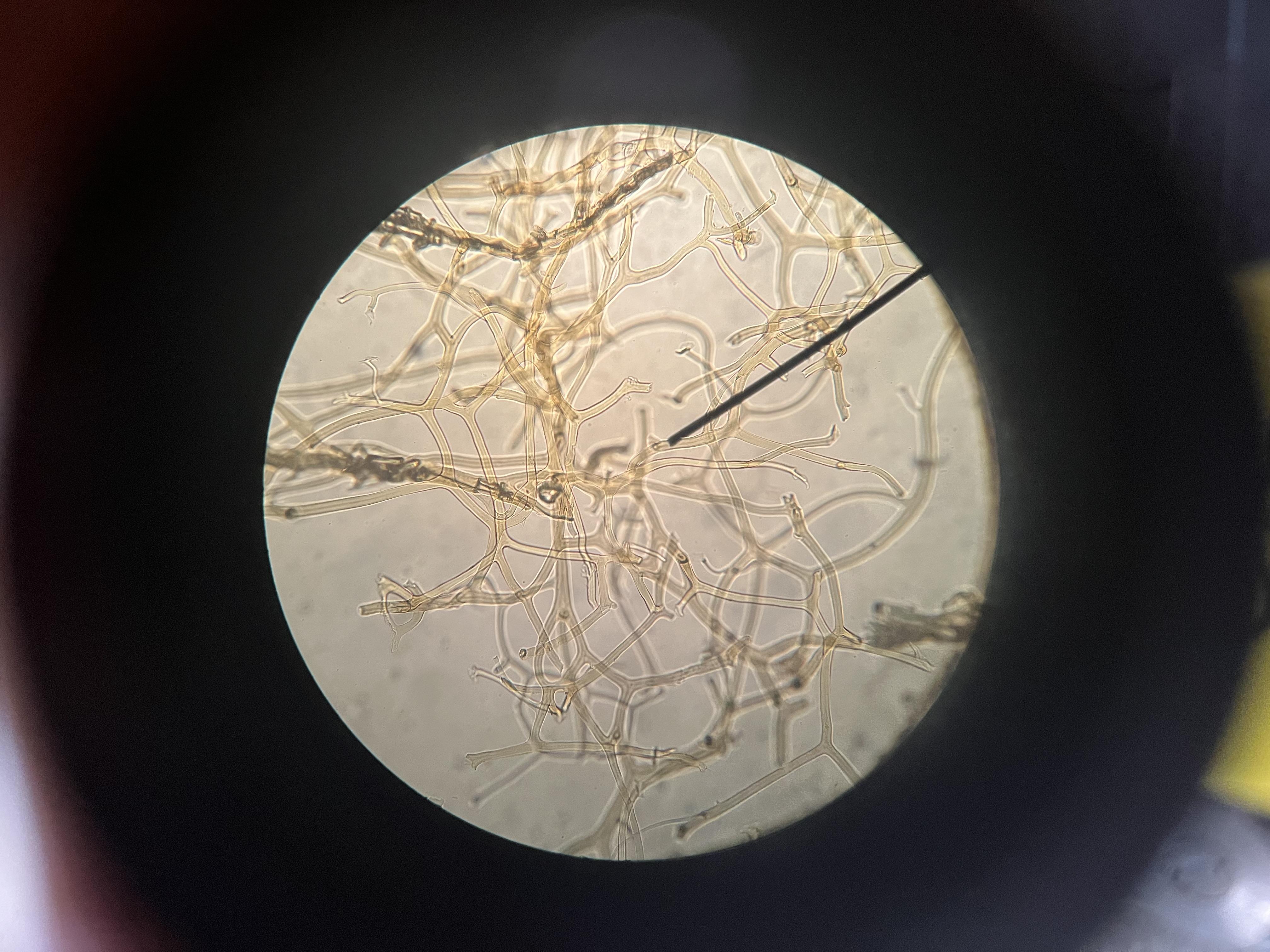
Commercial sponge fibers
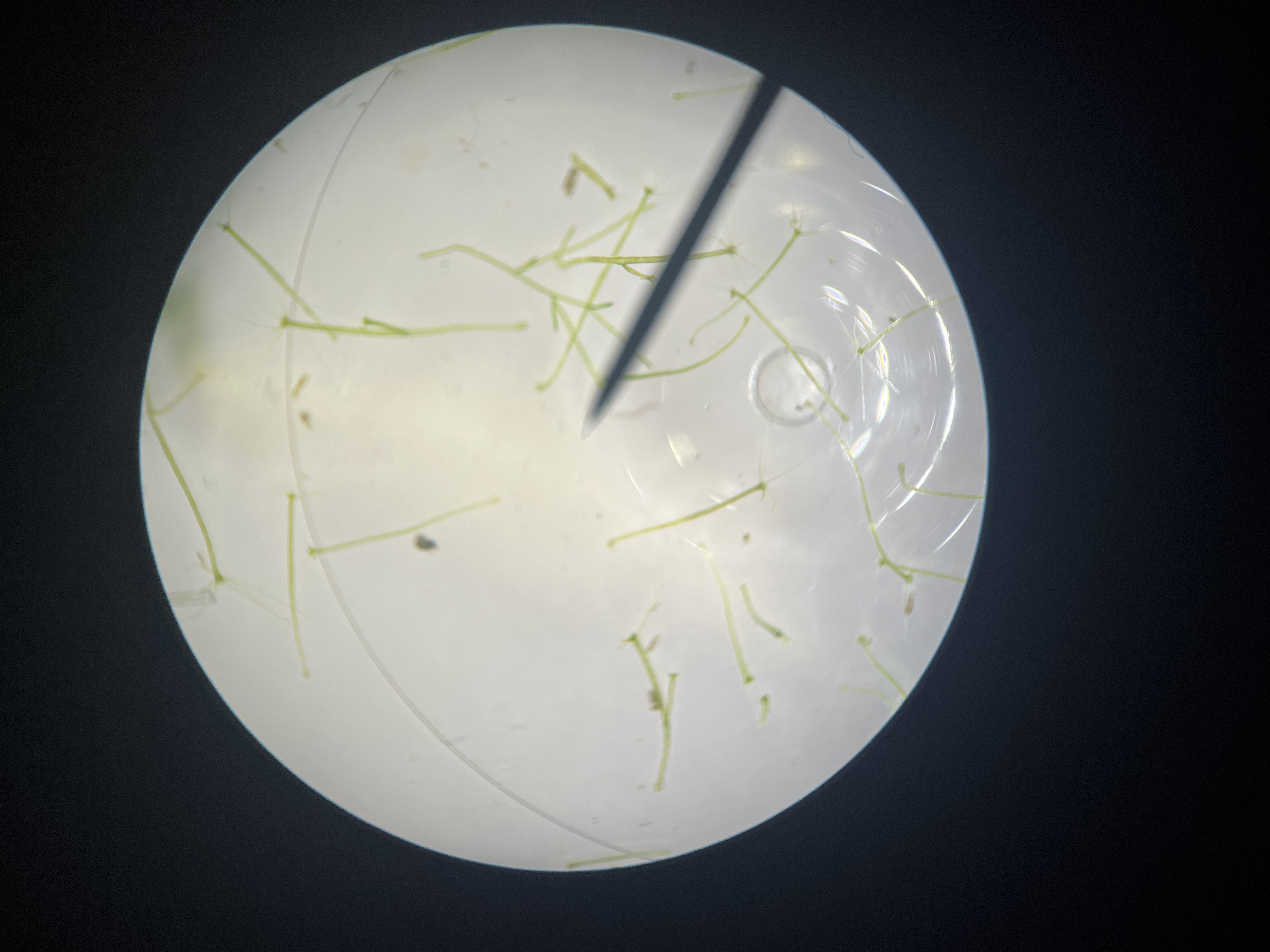
PHYLUM: CNIDARIA
CLASS: HYDROZOA
GENUS: Hydra

PHYLUM: CNIDARIA
CLASS: ANTHOZOA
NAME: SEA PANSY
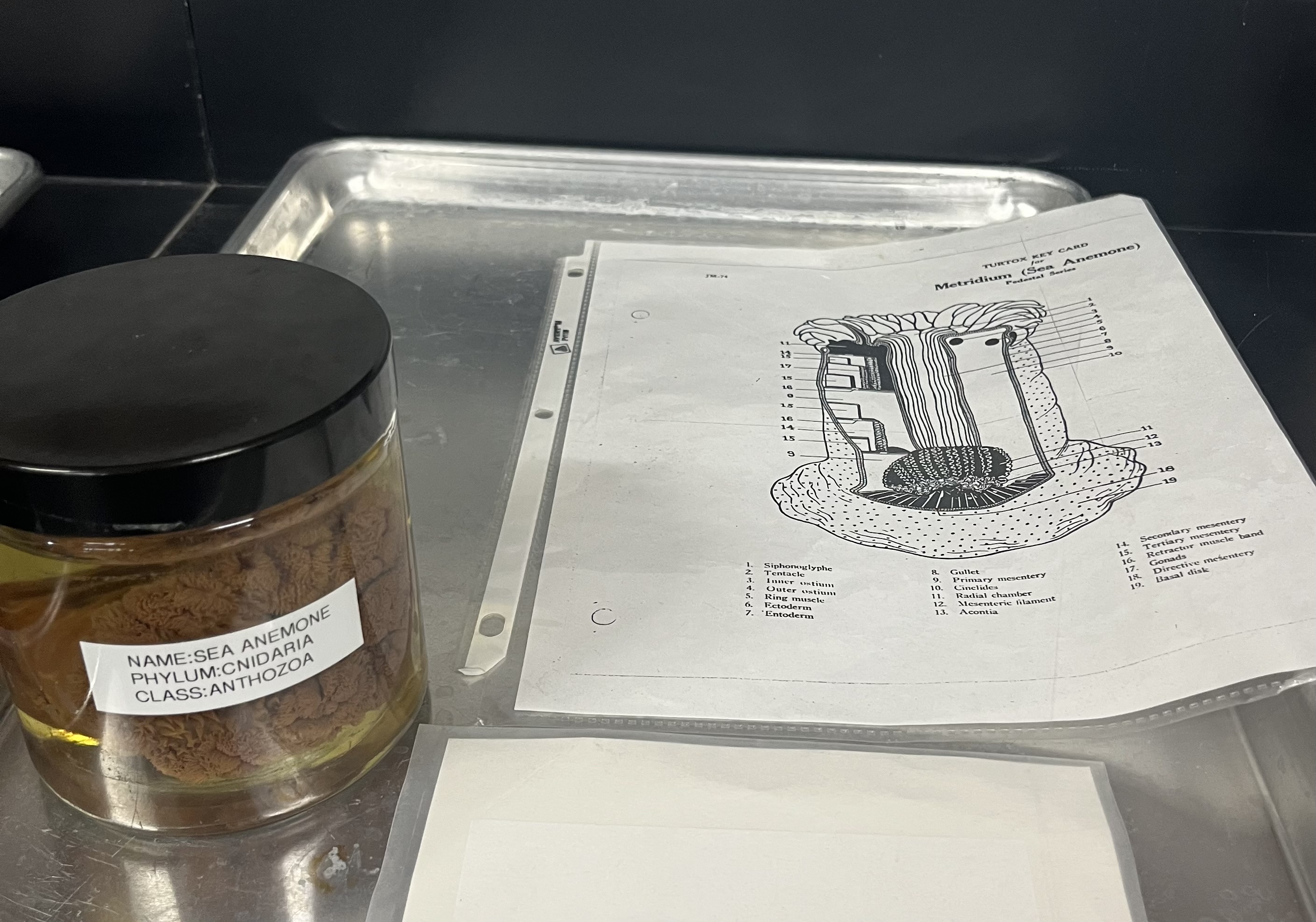
PHYLUM: CNIDARIA CLASS: ANTHOZOA
GENUS: Metridium
NAME: SEA ANEMONE
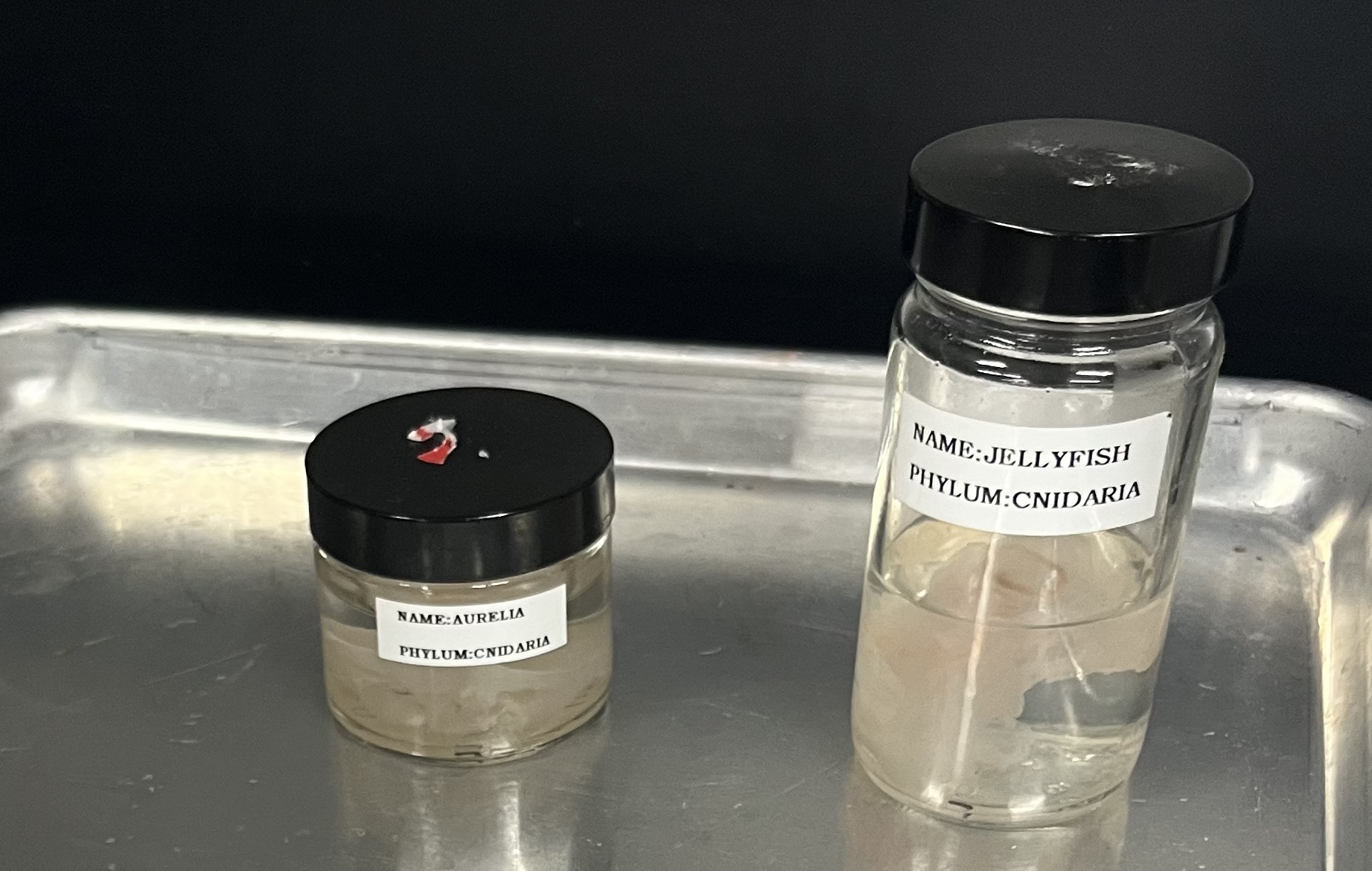
PHYLUM: CNIDARIA
CLASS: SCYPHOZOA
GENUS: Aurella
NAME: SEA JELLIES
What are the four major types of vertebrate tissues?
Epithelial, connective, muscular, and nervous tissues.
What defines epithelial tissue?
Tightly packed cells that form protective layers and linings; involved in protection, secretion, absorption, and sensation.
What is stratified epithelium?
Multiple layers of epithelial cells.
What is pseudostratified epithelium?
A single layer of cells that appears multilayered due to uneven nuclei placement.
Where is simple squamous epithelium found?
Alveoli, kidney filtration units, and body cavities.
Where is simple cuboidal epithelium found?
Kidney tubules and glandular ducts.
Where is simple columnar epithelium found?
Intestinal lining; includes mucus-secreting goblet cells.
Where is stratified squamous epithelium found?
Skin, mouth, esophagus; provides protection.
What is glandular epithelium?
Epithelial cells specialized to secrete substances, found in glands like liver and pancreas.
What fluid do hepatocytes secrete?
Bile.
What are the two main categories of connective tissue?
Connective tissue proper and special connective tissue.
What are the two types of connective tissue proper?
Loose and dense connective tissue.
Key features of loose connective tissue?
Loosely arranged fibers, fibroblasts, macrophages; supports organs and stores energy.
Function of fibroblasts?
Secrete collagen and elastin; maintain extracellular matrix.
Function of collagen fibers?
Provide strength and flexibility; most abundant vertebrate protein.
Function of elastin fibers?
Allow tissues to stretch and recoil.
Function of reticulin fibers?
Form supportive networks in glands and soft tissues.
What are macrophages?
Immune cells in connective tissue that engulf pathogens and debris.
Why are macrophages rich in lysosomes?
To digest engulfed particles.
What is adipose tissue?
Connective tissue made of fat-storing adipose cells.
What are tendons and their function?
Connect muscles to bones; resist tension.
What are ligaments and their function?
Connect bones to bones; stabilize joints.
Why do tendons heal slowly?
They have low blood supply.
What is the extracellular matrix in cartilage called?
Chondrin.
What cells produce chondrin?
Chondrocytes.
What is the role of lacunae in cartilage?
House chondrocytes within the matrix.
What is hyaline cartilage and its function?
Smooth, translucent cartilage; cushions joints.
What is elastic cartilage and its function?
Cartilage rich in elastic fibers; found in ear and epiglottis.
What is bone matrix made of?
Collagen and calcium phosphate crystals.
What are osteocytes?
Bone cells that maintain bone tissue.
What are lamellae?
Concentric layers of bone tissue around central canals.
What are canaliculi?
Tiny channels that connect bone cells for nutrient/waste exchange.
What gives bone its strength?
Mineralized matrix with collagen and calcium salts.
What gives cartilage its flexibility?
Gelatinous chondrin matrix.
What are the three types of muscle tissue?
Skeletal, smooth, and cardiac muscle.
Features of skeletal muscle?
Striated, multinucleated, voluntary control.
What are the two phyla covered in this unit?
Phylum Porifera (sponges) and Phylum Cnidaria (jellyfish, hydras, corals, sea anemones).
What symmetry is typical of sponges?
Asymmetry — no defined shape or symmetry.
What symmetry do cnidarians have?
Radial symmetry — body parts arranged around a central axis.
What are choanocytes and their function?
Flagellated collar cells in sponges that draw water in and trap food particles for intracellular digestion.
What is the spongocoel?
The central cavity of a sponge where water flows after entering through pores.
What is the osculum?
The large opening at the top of a sponge where filtered water exits.
What are amoebocytes and their functions?
Mobile sponge cells involved in digestion, distribution of nutrients, and cell differentiation.
What are spicules made of, and what is their function?
Calcareous or siliceous skeletal elements that provide structural support and deter predators.
What is spongin?
A flexible protein fiber found in some sponges like Spongia, forming a soft skeleton.
How do sponges reproduce asexually?
By budding and forming gemmules (clusters of amoebocytes).
How do sponges reproduce sexually?
Choanocytes and amoebocytes produce gametes; sperm are released into water and captured by another sponge.
What is significant about the body plan of sponges?
Their simple structure efficiently supports filter feeding and has persisted for millions of years.
What distinguishes Grantia among sponges?
Tubular shape with folded body walls and flagellated canals lined with choanocytes.
What is the mesohyl?
A gelatinous matrix within a sponge that contains cells and skeletal components like spicules and spongin.
What are cnidocytes?
Specialized stinging cells in cnidarians used for prey capture and defense.
What is a nematocyst?
A harpoon-like structure inside cnidocytes that discharges to immobilize prey.
What are the two body forms of cnidarians?
Polyp (sessile, cylindrical) and medusa (free-floating, umbrella-shaped).
What is polymorphism in cnidarians?
The alternation between polyp and medusa stages in their life cycle.
What is the planula larva?
A free-swimming, ciliated larval stage of cnidarians that settles and forms a polyp.
Where does extracellular digestion occur in cnidarians?
In the gastrovascular cavity (GVC).
What distinguishes class Hydrozoa?
Dominant polyp stage, colonial or solitary forms, includes Hydra and Obelia.
What makes Hydra unique among cnidarians?
It lacks a medusa stage and exists only as a solitary polyp.
What are the two polyp types in Obelia?
Gastrozooids (feeding polyps) and gonozoids (reproductive polyps).
What is Physalia and why is it dangerous?
The Portuguese man-of-war; a colonial hydrozoan with painful, venomous tentacles.
What are medusae of Gonionemus known for?
Large size, visible manubrium, ring and radial canals, and reproductive gonads.
What structures help Gonionemus medusae distribute nutrients?
Radial and ring canals.
What is the dominant form in class Scyphozoa?
Medusa stage, as seen in Aurelia (moon jelly).
What is a scyphistoma?
The polyp stage of a scyphozoan, which buds off ephyrae (immature medusae).
What defines class Anthozoa?
No medusa stage; only polyp form; includes anemones and corals.
How do anemones like Metridium reproduce asexually?
By fragmentation when parts of the basal disk tear away.
What are acontia and their function?
Threadlike tissues in anemones that contain cnidocytes for prey capture and defense.
How do corals differ from anemones?
Corals are colonial and secrete a hard calcium carbonate skeleton.
What is Tubipora known for?
Its colorful, iron-infused skeleton with tubular polyps and transverse plates.
What environmental threats affect coral reefs?
Ocean acidification from CO₂ and coral bleaching due to warming seas.
What is coral bleaching?
The loss of symbiotic algae from corals due to environmental stress, leading to coral death.
What is the key body plan feature of phylum Annelida?
Segmented bodies with septa dividing internal compartments.